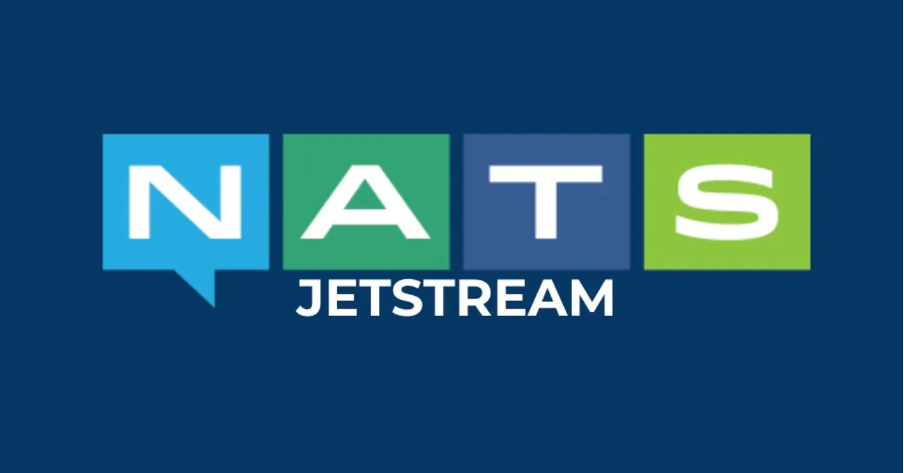Big Industries Academy
Exploring Messaging and Streaming Technologies Part8: RabbitMQ

As Francine Anestis continues her deep dive into Messaging and Streaming technologies, she delves into the intricacies of RabbitMQ. By dissecting the platform's standout features, underlying architecture, diverse use cases, strengths and weaknesses, cost implications, and maturity, she offers her readers a wealth of insightful analysis.
RabbitMQ is an open-source message broker queue that facilitates the exchange of messages between producers and consumers in a distributed system. It implements the Advanced Message Queuing Protocol (AMQP), although it also supports other messaging protocols. RabbitMQ is known for its reliability, flexibility, and ease of use, making it a popular choice for building robust messaging systems.
Key Features
-
Protocol Interoperability: On top of AMQP, it supports MQTT, STOMP, and HTTP, allowing for diverse messaging patterns and client interoperability.
-
High Availability: Provides clustering and mirroring/replicating of queues to ensure high availability and fault tolerance.
-
Flexible Routing: Offers various exchange types (direct, topic, headers, and fanout) for flexible message routing based on application needs.
-
Persistence and Durability: Supports persistent messages and durable queues to ensure messages are not lost even if the broker restarts. The messages remain in the queue until one or multiple consumers consume the messages, or TTL (Time-To-Live) was reached.
-
Plugins and Extensibility: A rich plugin ecosystem for extending functionality, including management plugins, federation plugins, and more.
-
Monitoring and Management: Provides a web-based management UI, CLI tools, and integration with monitoring systems like Prometheus.
Architecture
RabbitMQ consists of several key components:
- Broker: The core server responsible for receiving, storing, and forwarding messages.
- Exchanges: Entities where producers send messages. Exchanges route messages to queues based on binding rules.
- Queues: Buffers that store messages until they are consumed by subscribers.
- Bindings: Rules that define the relationship between exchanges and queues, dictating how messages are routed (direct, topic, headers, and fanout).
- Consumers: Applications or services that subscribe to queues to receive and process messages.
Use Cases
-
Task Queues:
-
Distributing tasks to multiple workers to balance load and increase throughput.
-
-
Asynchronous Processing:
-
Decoupling producers and consumers to allow for asynchronous message handling.
-
-
Microservices Communication:
-
Facilitating communication between microservices in a distributed system.
-
Strengths
-
Reliability: Strong support for message durability and acknowledgments to ensure reliable delivery.
-
Flexibility: Multiple exchange types and routing options provide great flexibility in designing messaging workflows.
-
Interoperability: Supports various messaging protocols, making it adaptable to different systems and clients.
-
Extensibility: Rich plugin ecosystem allows for customization and enhancement of broker capabilities.
Weaknesses
-
Performance: May not perform as well as some specialized streaming platforms (e.g., Kafka) for high-throughput, e.g., real-time processing, use cases.
-
Complexity: Advanced configurations and optimizations can be complex to manage.
-
Scalability: While it supports clustering, scaling RabbitMQ horizontally can be challenging compared to some cloud-native solutions.
Cost
RabbitMQ is open-source and free to use. However, costs may arise from infrastructure requirements, especially in production environments. Managed RabbitMQ services are also available from cloud providers, which include hosting, scaling, and management costs.
Maturity Level
Mature (2007): RabbitMQ is a mature technology, with its first release in 2007. It has a strong community and is widely used in various industries for reliable messaging.
Conclusion
RabbitMQ is a versatile and reliable message broker that supports various messaging protocols and provides strong guarantees for message delivery and durability. Its flexibility in routing and rich feature set make it suitable for a wide range of use cases, from simple task queues to complex microservices communication. While it may not match the performance of some specialized streaming platforms for high-throughput scenarios, its ease of use and extensibility make it a solid choice for many applications.

Francine Anestis
My diploma thesis as well as my internship being on ETL, Analysis and Forecasting of Big Streaming Data, I am keen on learning more and immersing myself in Data Engineering and Data Space in general. Building data pipelines, using Kafka, databases and algorithms captivated me during my studies as Electrical and Computer Engineer and as a result I decided to dedicate myself on Data Engineering. I am very excited starting my learning and career path at Big Industries. Regarding my skills, if I had to choose one programming language and a platform, I would say that Python and Kafka are my strongest assets, but I am looking forward to extending that list.




